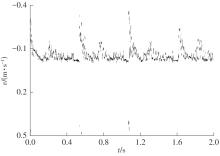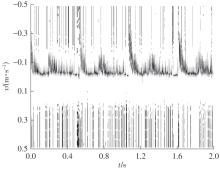Journal of South China University of Technology(Natural Science Edition) ›› 2024, Vol. 52 ›› Issue (10): 22-30.doi: 10.12141/j.issn.1000-565X.230628
Special Issue: 2024年电子、通信与自动控制技术
• Electronics, Communication & Automation Technology • Previous Articles Next Articles
Blood Flow Velocity Estimation Method Based on Multi-Frequency Pulse Sampling
MA Biyun( ), FAN Yihua, LIU Jiaojiao(
), FAN Yihua, LIU Jiaojiao( )
)
- School of Electronic and Information Engineering,South China University of Technology,Guangzhou 510640,Guangdong,China

















